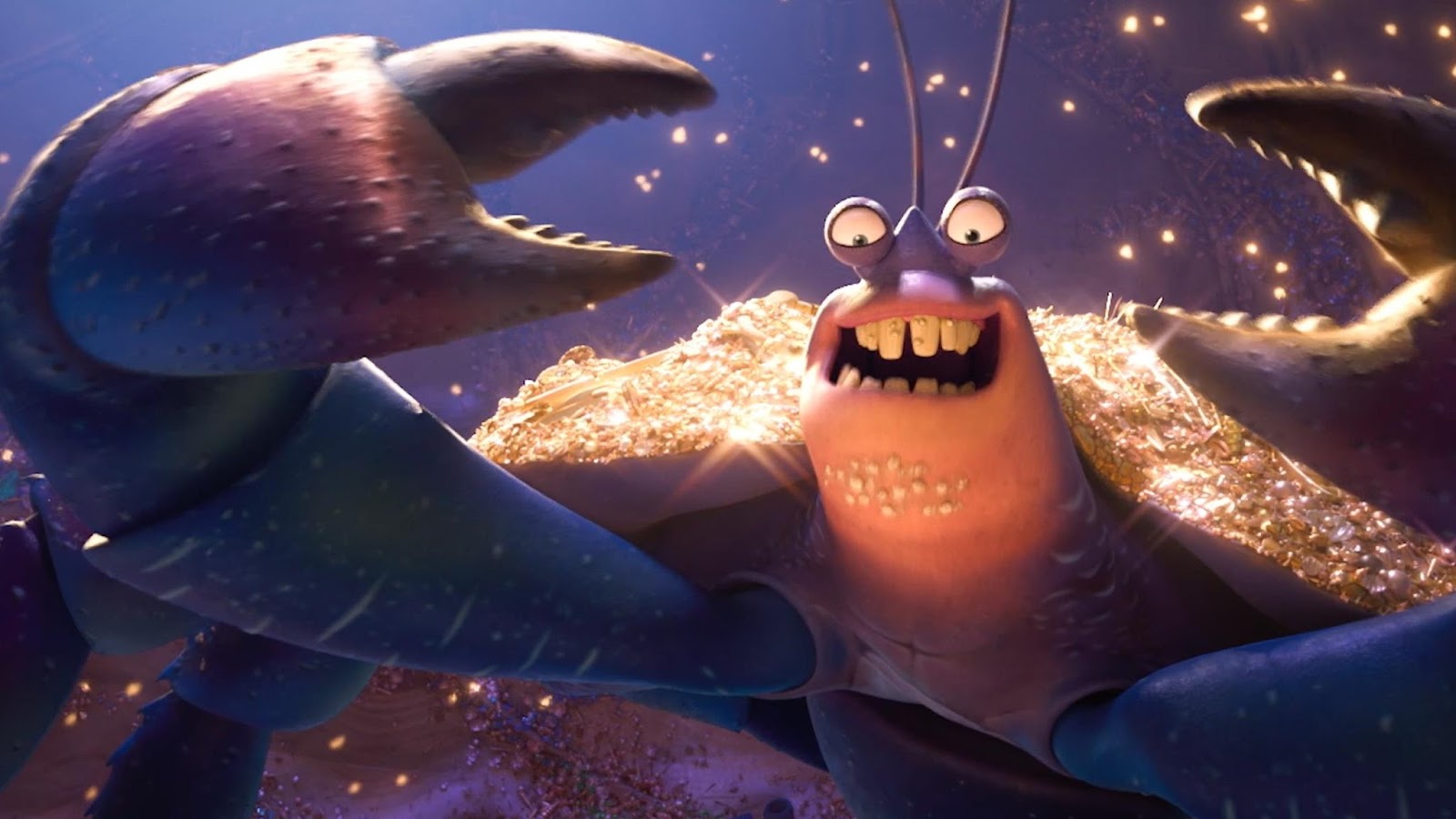Moana Crab, also known as the coconut crab, is a remarkable creature that has captured the imagination of many. Found primarily on the islands of the Pacific and Indian Oceans, these unique crabs are known for their impressive size and intriguing behaviors. In this article, we will delve into the biology, habitat, culinary uses, and cultural significance of Moana Crab, shedding light on why this enigmatic species is worth knowing more about.
From their diet to their role in local ecosystems, Moana Crabs play a vital part in their environments. Additionally, their representation in folklore and cuisine across various cultures adds another layer of interest to this fascinating crab species. As we explore the many facets of Moana Crab, we will also provide information on how to sustainably enjoy their culinary delights without harming their populations.
With the growing interest in marine life and sustainable food sources, understanding the Moana Crab is more important than ever. This article aims to educate readers about the importance of respecting and preserving such unique species while also highlighting their delicious culinary potential. Join us as we embark on this journey through the world of Moana Crab.
Table of Contents
- What is Moana Crab?
- Biological Characteristics of Moana Crab
- Habitat and Distribution
- Diet and Feeding Habits
- Cultural Significance of Moana Crab
- Culinary Uses of Moana Crab
- Sustainability and Conservation Efforts
- Conclusion
What is Moana Crab?
The Moana Crab, commonly known as the coconut crab (Birgus latro), is the largest terrestrial arthropod in the world. These fascinating creatures are not true crabs but rather members of the anomuran group, which includes hermit crabs. Unlike their marine relatives, Moana Crabs have adapted to life on land, which has led to several unique biological and behavioral traits.
Key Features
- Size: Adult coconut crabs can weigh up to 9 kg (20 lbs) and measure up to 1 meter (3.3 ft) in length.
- Color: Their exoskeletons can vary in color from reddish-brown to blue, depending on their environment.
- Claws: Moana Crabs are known for their powerful pincers, which they use for climbing, digging, and foraging.
Biological Characteristics of Moana Crab
Moana Crabs exhibit several fascinating biological characteristics that set them apart from other crustaceans.
Respiration and Adaptation
Unlike aquatic crabs, Moana Crabs breathe air through modified gills that allow them to survive on land. They are primarily nocturnal, emerging at night to search for food while retreating to their burrows during the day to avoid excessive heat and dehydration.
Reproduction
Moana Crabs have a unique reproductive strategy. Females release their eggs into the ocean, where they hatch into larvae. The larvae then spend several weeks in the ocean before returning to land, where they undergo metamorphosis into juvenile crabs.
Habitat and Distribution
Moana Crabs are predominantly found on islands across the Pacific and Indian Oceans. They thrive in tropical environments with sandy beaches and mangrove forests, providing ample food sources and shelter.
Key Locations
- Cook Islands
- French Polynesia
- Vanuatu
- Christmas Island
Diet and Feeding Habits
Moana Crabs are omnivorous scavengers. Their diet primarily consists of fallen fruits, nuts, seeds, and decaying plant matter.
Feeding Behavior
These crabs are known to climb trees to access coconuts, which they crack open using their strong pincers. This behavior has earned them the name "coconut crab."
Cultural Significance of Moana Crab
Moana Crabs hold a significant place in the cultures of many Pacific Island communities. They are not only a source of food but also feature prominently in local folklore and traditions.
Folklore and Traditions
In some cultures, Moana Crabs are seen as symbols of strength and resilience, often appearing in traditional stories and myths.
Culinary Uses of Moana Crab
Moana Crab is considered a delicacy in many regions, praised for its sweet, tender meat.
Popular Dishes
- Coconut Crab Curry: A flavorful dish made with coconut milk and spices.
- Grilled Coconut Crab: Often served with a side of tropical vegetables.
- Crab Salad: A fresh, light dish that highlights the natural flavors of the crab.
Sustainability and Conservation Efforts
Due to overfishing and habitat loss, Moana Crab populations are declining in some areas. Sustainable fishing practices and conservation efforts are crucial to ensure their survival.
Conservation Initiatives
Organizations and local governments are working to create awareness and implement regulations to protect Moana Crab habitats and populations. Sustainable harvesting practices are also encouraged.
Conclusion
In summary, the Moana Crab is a fascinating species with unique biological traits and significant cultural importance. Understanding their habitat, diet, and culinary potential can help promote sustainable practices and conservation efforts. As we continue to explore the wonders of marine life, let us appreciate and protect these remarkable creatures. If you have enjoyed learning about Moana Crab, consider sharing this article and exploring more about marine biodiversity.
Thank you for joining us on this journey through the captivating world of Moana Crab. We hope to see you again for more insightful articles on marine life and conservation.
You Might Also Like
Exploring The Life And Legacy Of William Christopher: A Tribute To The Beloved ActorHannah Blackwell: The Rising Star In The World Of Entertainment
Trump Shooting Update: What You Need To Know
Exploring The Iconic Album Covers Of Madonna: A Journey Through Art And Music
Walmart Bluey: Everything You Need To Know About The Beloved Blue Heeler
Article Recommendations
- Ana Paula
- Is Alicia Keys Married
- Movies4u South Hindi Dubbed
- 7 Movierulz Telugu 2024
- Laralane Onlyfans
- Peloton Commercial Song
- Juan Manuelizquierdo
- White Dove Symbolizes
- Beldots Boobs
- Bollyflix


